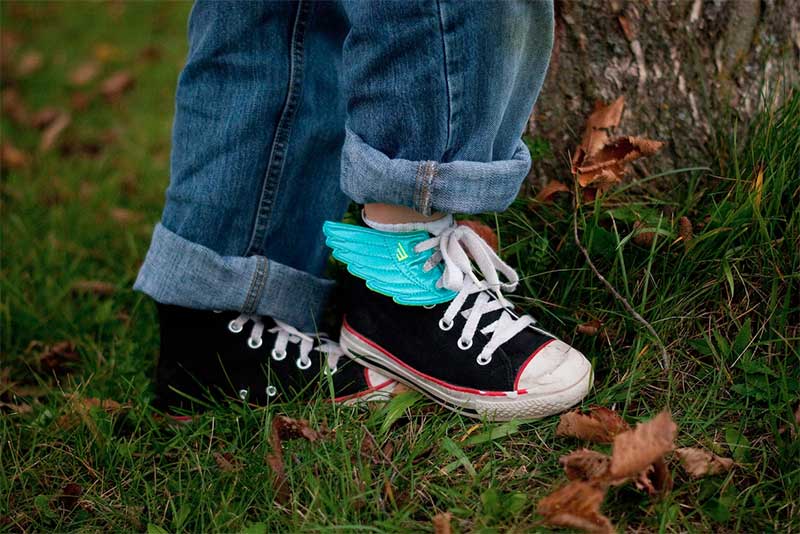
21 Nov Autism and wearing shoes
Many young children on the autism spectrum have shoe problems. Some will struggle with shoes for the rest of their lives whilst other children may very well overcome their shoe challenges and learn to wear shoes without any visible difficulty.
When we talk about autism and wearing shoes, we refer to a few challenges that children on the spectrum may have and these include, but are not limited to:
- Wearing shoes in general are problematic and can cause distress for the child.
- Keeping shoes on for long periods of time or putting the shoes on with ease but taking them off 5 or 10 minutes later for no apparent reason.
- Transitioning between shoes – meaning if the child likes a pair of shoes it is incredibly difficult to get the child to accept a different pair of shoes.
- Preferences with shoe styles for example some children will wear sneakers but not flip-flops and others may only wear sandals or slippers.
- For some children the idea of not wearing shoes is problematic and these children often struggle to walk or run barefoot.
Many autism experts agree that sensory challenges are the main contributing reason to a child’s shoe-wearing challenges. The sensory reprocessing disorder can be debilitating if not addressed and we recommend that parents consult with a good occupational therapist in this regard.
On the shoe front we can recommend that you try a few of the following strategies:
- Children with autism often have an affinity meaning they are naturally drawn to a cartoon character or program. A parent could encourage shoe-wearing by finding slippers or sneakers that have a picture of a favorite animal or character on it. the same strategy can be used when buying socks.
- Carefully consider the type of shoe you are buying for your child. I would highly recommend a comfortable slipper or slip-on type of shoe – opposed to a tight-fitting shoe or loose-fitting sandal.
- Consider the season and the weather carefully and make sure that the shoes you are introducing to your child are not going to leave your child feeling too hot or too cold.
- avoid cheap shoes that will cause your child’s feet to sweat or slip. I personally will always recommend a good quality leather shoe that can breathe and that has a naturally soft feel.
Most importantly remember that we need to be patient with our children. using a visual schedule with words and pictures that explain what is happening will most definitely help your child understand new concepts better. A good visual schedule will also help your child understand when it is appropriate for them to remove their shoes and when they need to keep them on.

